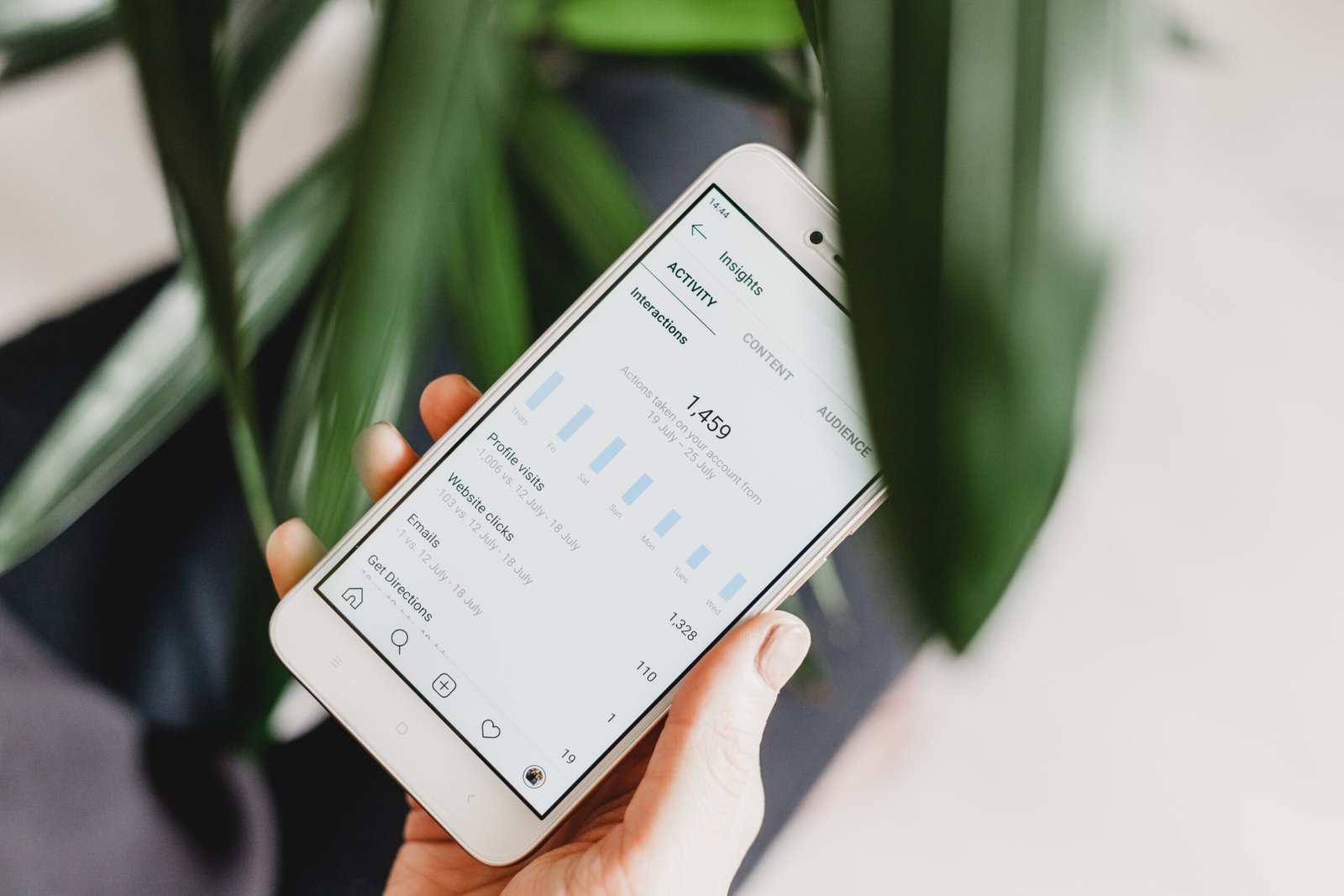Introduction
Data has become an integral part of our life and work. Small to Medium businesses (SMB) and startups also need to use data to grow, learn, improve and be more effective.
This is because technology has made it easier for you (business owners) to compile and analyze data about your business. This in turn gives you the insight and knowledge to make smart marketing decisions, which can lead to improved sales and customer satisfaction.

For example, do you know your customers and how they interact with your business? So, to increase your business and have a good marketing plan you need to have good data about your clients and their tastes.
But before diving in let’s get the jargon out of the way, right?
What Is Marketing Analytics?
Marketing analytics is the study of marketing and customer-related data to get useful insights. It can be using a tool or combination of tools that businesses use to track various activities by following certain metrics.
With any new project, a business can use marketing analytics to help them optimize their marketing campaign. Marketing analytics can help businesses get a clear message of what they need to improve. It can give insights into ways to adjust so as to meet the targets.
By using marketing analytics, a business will have a much easier time measuring what its marketing efforts are worth.

With the right data and analytics, businesses can increase revenue, profit, and market share by 8% to 15% without increasing marketing investment.Gary R. Powell, ROMI expert
Here are 5 ways your business can use data and analytics to drive marketing and gain a competitive advantage.
Search Keywords
The first step to gaining a marketing advantage is knowing what your customers want. The best way to know this is by searching their search terms. You can do this by monitoring the keywords they use when looking for products or services like yours. This can help you create better content and improve your website’s SEO ranking.

There is a multitude of ways to search for keywords. You can use Google Trends and similar tools to help you find trending topics and what keywords people use most.
For example, let’s say you have a crèche in Luxembourg. Search data can give you insights into what parents search for – whether they use a crèche or daycare center or childcare center. You can also know in which languages the searches happen and their search volumes. This will give you an idea of what is relevant at present and what people are interested in.
Social Media Analytics
Social media has opened up a world of conversions businesses can leverage from. For this business owners should be present on platforms your target customers are most active.

Conversational intelligence is also a subset of social media analytics. Using it, you can discover what topics your customers are interested in, what challenges they face, and even their sentiments.
Connecting your product offerings to solve those challenges will help you create emotional and personalized connections with your customers.
Suppose you own a Pizzeria in Luxembourg City and have an account(s) on social media platforms. Using social media analytics can help you decide which posts of the restaurant are doing well on which platform, which pizza do the customers like the best when they post/tag the place on social media, etc. If you want to choose between two social media platforms, you can see where your interested customers are more present, and engage more. Looking into their topics of interest, you can also discover things they love, what they say and how they say it.
Web Analytics
Your website can be a gold mine when it comes to uncovering truths. By using those insights to inform your marketing strategy, you can better target your audience. It also helps you make the most of the time and resources you’ve put into building your business.

As a result, your efforts will have a greater chance of succeeding and a better chance of thriving.
There are many website analytics tools available e.g. Google Analytics or Matomo (if you are privacy conscious). Let’s say you have a bicycle shop in Berlin. Using analytics, you can see how many visitors visited your website and how they discovered it. You can also see which pages they saw, how much time they spent etc.
Imagine you noticed that a lot of people are interested in a particular model of bike. You can update your stocks, promote that product and subsequently increase sales through this.
For the more advanced users, there’s Hotjar and Clarity, which help you see heatmaps and session recordings. You can use it to iron out usability and user experience issues as well.
Return on Marketing Investment (ROMI)
Return on marketing investment (ROMI) is a metric used to assess the overall effectiveness of a marketing campaign. It is a metric that assists marketers and business owners in making more informed decisions about future marketing investments. It is a subset of ROI (return on investment).

In its most basic form, ROMI is calculated by comparing revenue gains to marketing investment. However, this calculation only considers the direct impact of marketing investment on a company’s revenue.
Whether you are a small business or a scaling startup looking to grow, ROMI is quite important. You might have Christmas campaigns in multiple channels or even a coupon program running over a while. ROMI can tell you which ones were successful.
As a result, many digital marketers include dwelling time or brand awareness in their ROMI metrics to quantify intangible benefits. This also helps them better target future campaigns.
Optimize for Personalization and Conversions
Once you have your pages, posts, and other communication channels up and running, you can analyze how they are doing. Setting up simple metrics such as engagement or channel-wise visitors, you can see what is working and what isn’t.

Making a note of the learnings and modifying your future content is something you can easily do using this data. Of course, it shouldn’t be just limited to what you do, but focused again on customers – what they are loving and engaging with.
It could be ads on Google, Facebook (the list is endless), content you produce, or even emails/ newsletters you send out. When you analyze the data from them, you know what your customers find helpful. Moreover, you can increase effort in activities that lead to more conversions.
Conclusion
You can use data to power your marketing strategy. Use it to step up your game and gain an edge over your competitors. There are several tools and sources to discover more about your customers so that you can provide them with an unforgettable experience.
It’s never too late to start using data in your marketing strategy.


